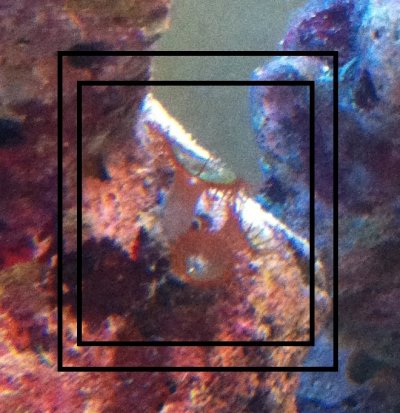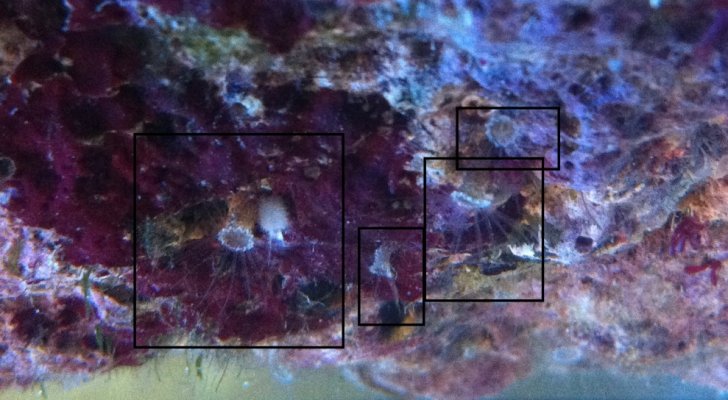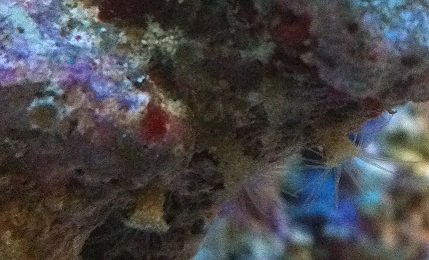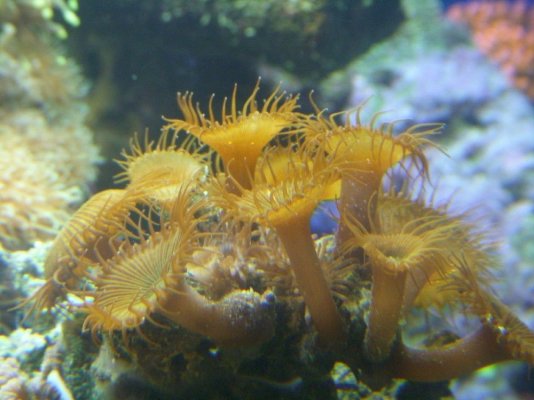cloudxsoldier
Aquarium Advice Regular
- Joined
- Jul 17, 2011
- Messages
- 89
I have a couple of these polyps things that i know are ok (first pic) and i've been praying that they spread. ive been feeding them heaps for a few months and nothing.
Now I notice these things other things (that have been in my tank for months) get bigger and start growing longer tenticles. I'm HOPING they are small polyps/ Zoa's but I'm not sure.
Please confirm exactly what they are if anyone knows.
Now I notice these things other things (that have been in my tank for months) get bigger and start growing longer tenticles. I'm HOPING they are small polyps/ Zoa's but I'm not sure.
Please confirm exactly what they are if anyone knows.




